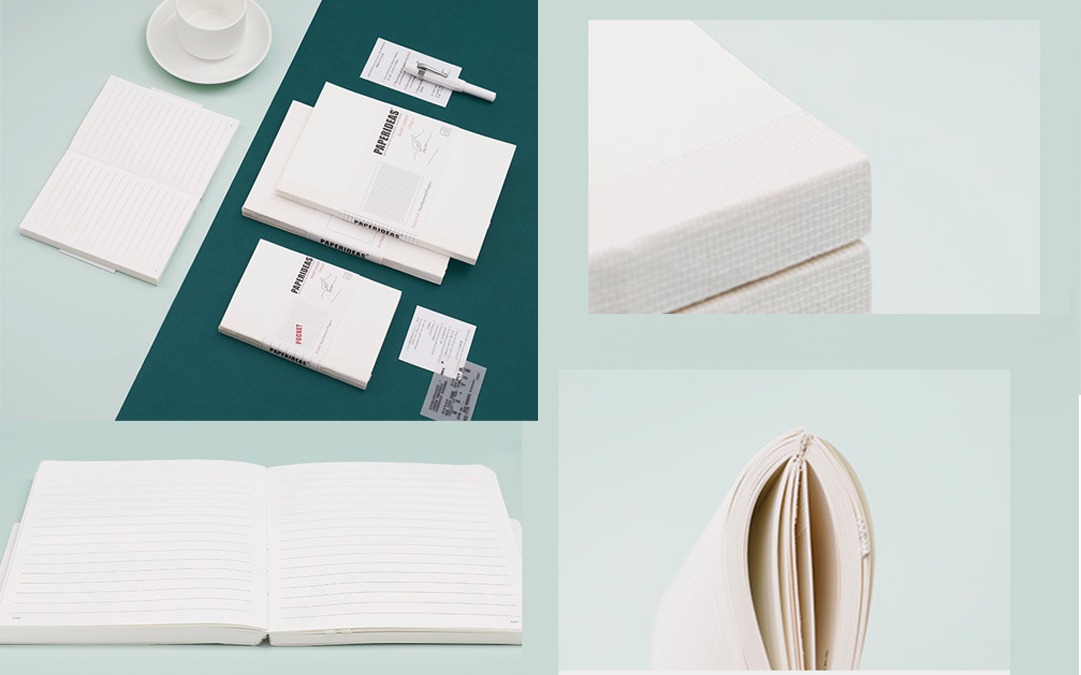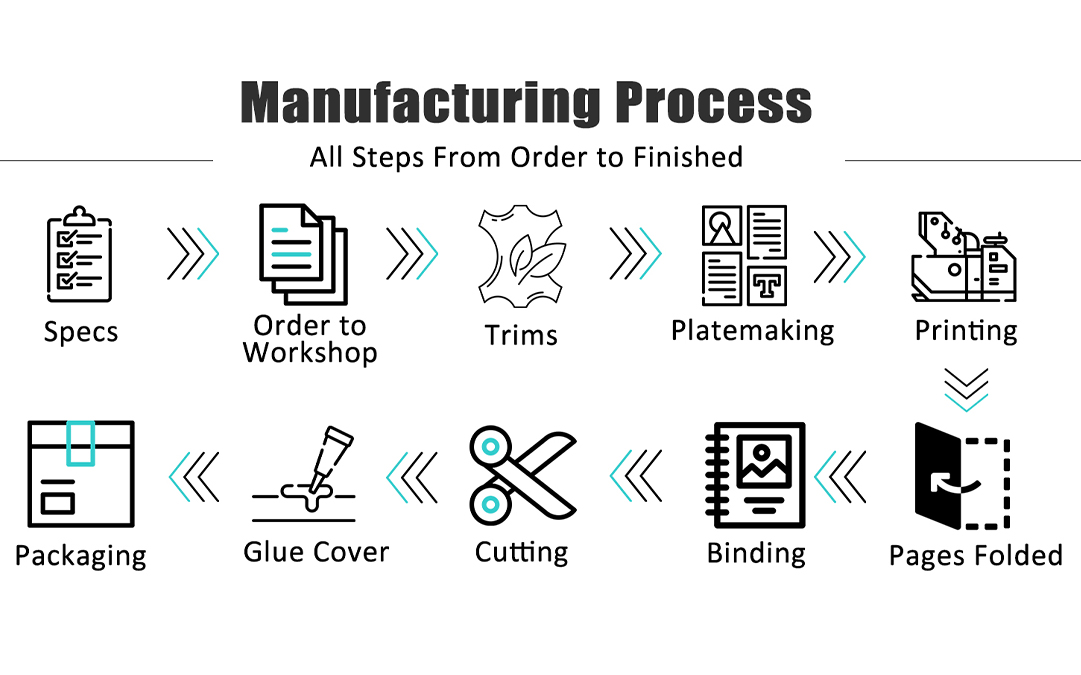What Finishing Techniques Can Enhance the Look and Feel of My Notebooks?
Introduction
When it comes to custom notebook printing, the finishing techniques you choose can make a significant difference in the overall look and feel of your notebooks. As a specialist in custom notebook printing, I’ve seen firsthand how various finishing touches can transform a simple notebook into a premium product. Here, I’ll share some of the most effective finishing techniques that can enhance your custom logo notebooks.
1. Embossing and Debossing
Embossing and debossing are popular techniques for adding texture and dimension to custom logo notebooks. This technology raises the design above the surface, while debossing presses it into the material. These techniques not only add a tactile element but also give your notebooks a sophisticated, high-end look. For personalized notebooks and custom journals, embossing or debossing the logo can create a memorable and professional appearance.
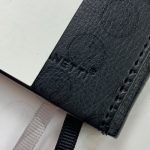
2. Foil Stamping
Foil stamping involves applying a thin layer of metallic foil to the surface of the notebook. This technique is excellent for adding a touch of elegance and luxury to your custom printed notebooks. Whether you choose gold, silver, or any other color, foil stamping can make your branded notebooks stand out. It’s particularly effective for promotional notebooks and custom business notebooks.

3. UV Coating
UV coating is a clear, glossy coating applied to the surface of the notebook, cured with ultraviolet light. This technique enhances the colors and provides a shiny, professional finish. UV coating is durable and resistant to scratches, making it a great option for custom notebook printing services aiming for high-quality custom notebooks. It’s especially useful for custom hardcover notebooks and custom printed spiral notebooks.

4. Laminating
Laminating involves applying a plastic film to the cover of the notebook. This technique protects the cover from wear and tear, making it more durable. Laminated covers are easy to clean and provide a smooth, polished finish. This is ideal for custom eco-friendly notebooks and custom travel notebooks, ensuring they withstand frequent use.
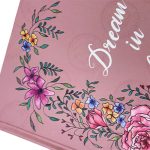
5. Spot UV
Spot UV is a technique where UV coating is applied only to specific areas of the notebook, creating a contrast between matte and glossy surfaces. This technique can highlight your custom logo, adding a unique visual and tactile element. Spot UV is perfect for custom leather notebooks and custom pocket notebooks, giving them a distinctive look.
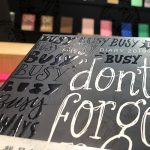
6. Edge Painting
Edge painting involves coloring the edges of the notebook pages. This technique adds a pop of color and can be customized to match your brand’s color scheme. Edge painting is a subtle yet impactful way to differentiate your custom logo notebooks and make them more visually appealing.
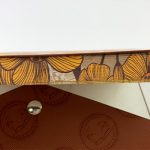
7. Die-Cutting
Die-cutting allows you to create custom shapes and designs on the cover or pages of the notebook. This technique can be used to add windows, custom shapes, or even intricate patterns. Die-cutting adds a unique element to custom notebook design, making your products stand out in the market.
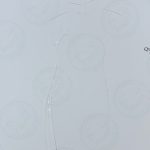
8. Smyth Sewing
Smyth sewing is a binding technique where the pages are sewn together with thread, providing a high-quality and durable binding. This method is often used for custom hardback notebooks and custom spiral notebooks, ensuring they lay flat when open and can withstand heavy use.

9. Gilded Edges
Gilded edges involve applying a metallic or colored finish to the edges of the notebook pages. This technique adds a luxurious touch to custom logo notebooks, making them look more upscale. Gilded edges are a great addition to custom leather notebooks and personalized journal notebooks.
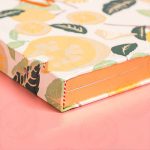
10. Matte and Gloss Finishes
Offering both matte and gloss finishes for your notebook covers can cater to different customer preferences. A matte finish gives a soft, elegant look, while a gloss finish provides a shiny, vibrant appearance. This choice can enhance the appeal of custom logo printed notebooks and custom planners and notebooks, making them attractive to a broader audience.
Conclusion
By incorporating these finishing techniques, you can significantly enhance the look and feel of your custom logo notebooks. Whether you’re producing custom notebook bulk orders or specialized custom wire-bound notebooks, these finishing touches can help your products stand out and appeal to your customers. Investing in high-quality finishes not only improves the aesthetics but also adds value and durability to your notebooks, making them a preferred choice for clients looking for premium custom notebook printing services.
Related Questions
- What is the best technique for adding a logo to custom notebooks?
- Answer: Foil stamping and embossing are highly effective for adding logos to custom notebooks, providing a professional and elegant appearance.
- How can I make my custom notebooks more durable?
- Answer: Techniques like laminating and UV coating can protect the cover and pages, enhancing the durability of your custom notebooks.
- What are the benefits of using Smyth sewing for notebook binding?
- Answer: Smyth sewing provides a strong, durable binding that allows the notebook to lay flat when open, making it ideal for high-use notebooks.
Buying Guide
When choosing finishing techniques for your custom notebooks, consider the following:
- Purpose: Identify whether the notebooks are for promotional use, business, or personal use.
- Durability: Choose techniques that enhance the lifespan of the notebook.
- Aesthetics: Select finishes that align with your brand’s image and appeal to your target audience.
- Cost: Balance the cost of finishing techniques with the added value they bring to the product.
By carefully selecting the right finishing techniques, you can create custom logo notebooks that not only look great but also meet the functional needs of your customers.
Contact Us: Ms. Rimo Lau WhatsApp Me
Whatsapp: 0086 18336352791 – WeChat&Phone
Website: www.fullcolorprintstationery.com
E-Mail: [email protected]



